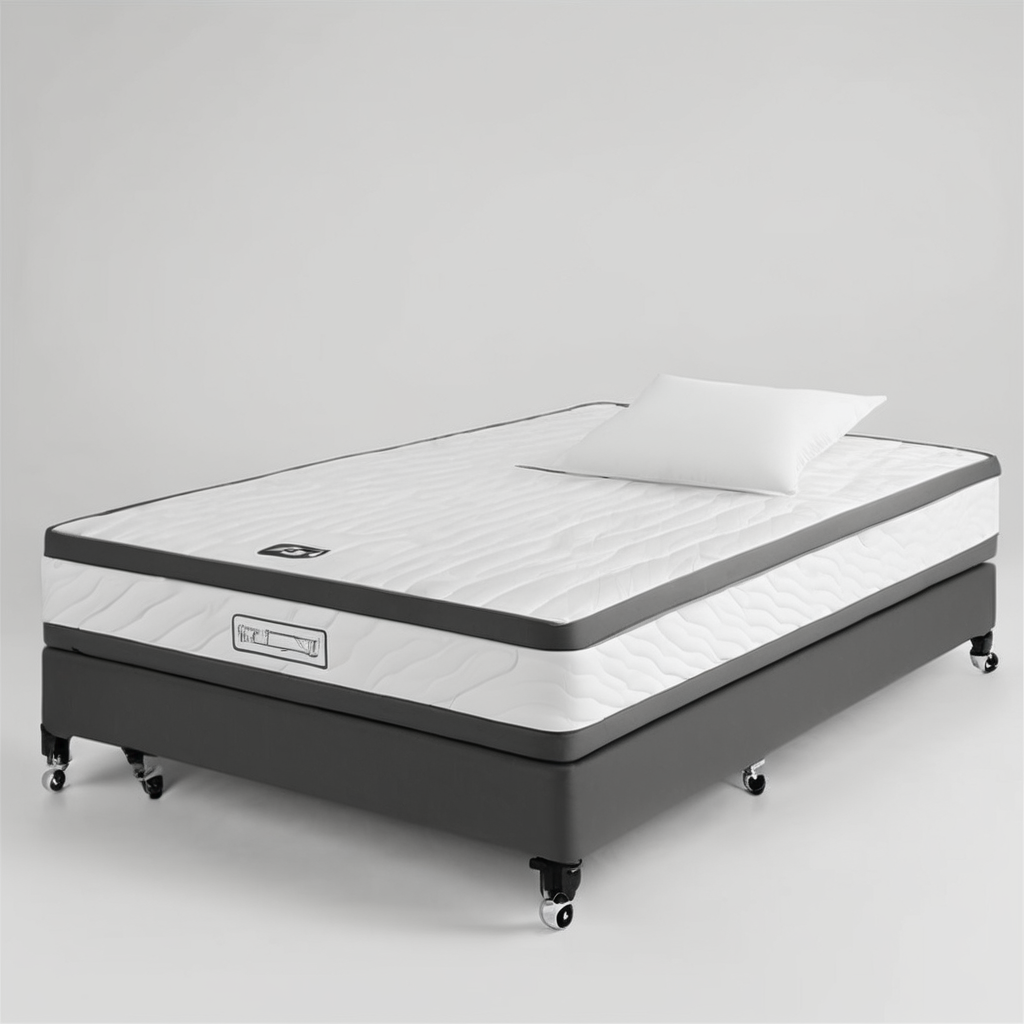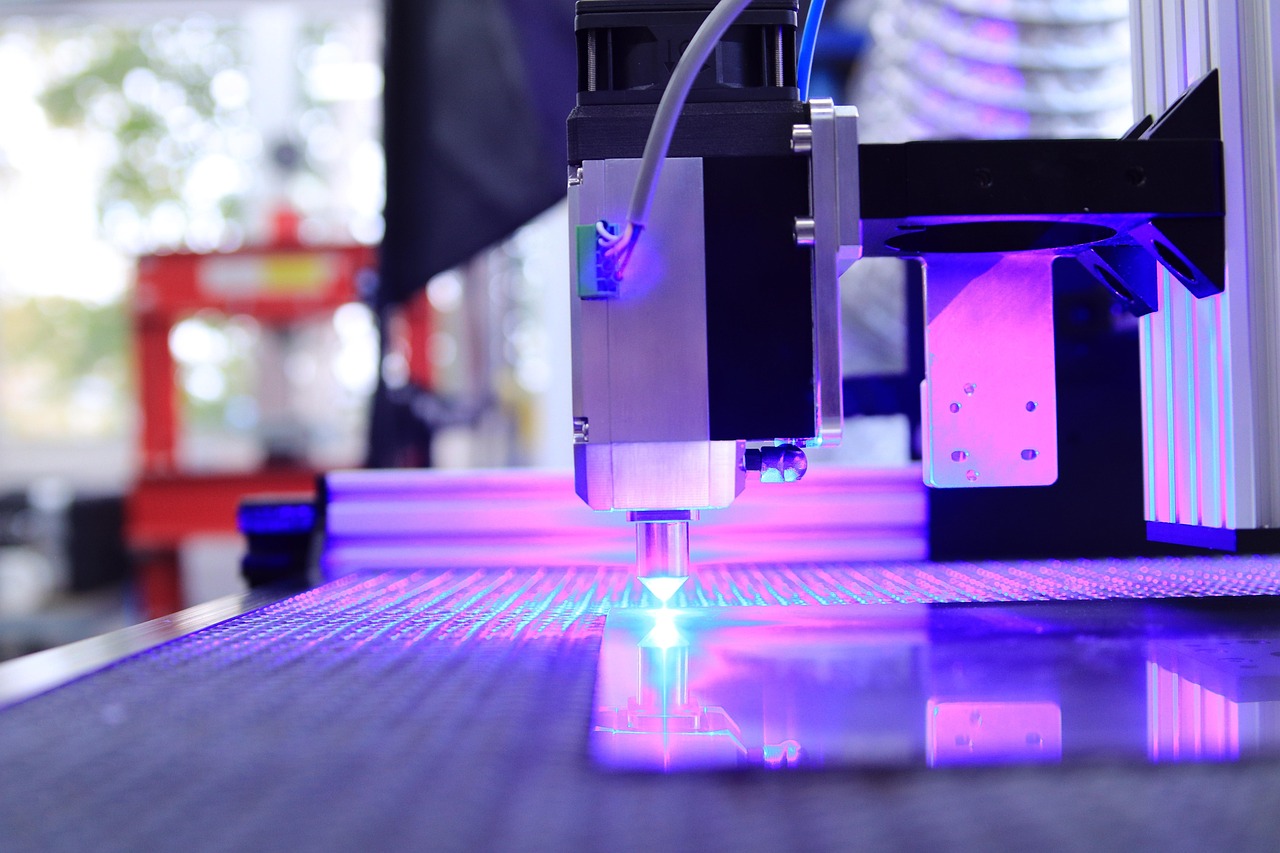Laser engraving transforms everyday objects into personalised works of art with precision and speed. From handheld devices to industrial models, diverse technologies unlock creative potential across materials like wood, metal, and acrylic. Understanding key features and options helps you choose the ideal laser engraver for your needs, whether for hobbyist projects or professional applications. Explore how innovation meets versatility in this dynamic field.
Essential Guide to Laser Engraving Machines: Types, Uses, and Key Features
Exploring the fundamentals of laser engravers, these machines use a focused beam of light to vaporize material with high precision ideal for marking, cutting, or etching surfaces. You can view more details on this page: laser engravers. The heart of laser engraving relies on moving either the laser head or the object itself, producing designs as simple as text or as intricate as detailed images.
Also read : Discover the best nami figures for every collector
Several main types meet different needs:
- CO2 lasers: Popular for wood, acrylic, glass, and leather, thanks to their powerful performance and broad material compatibility.
- Fiber lasers: Best for metals like steel, aluminium, and brass, these offer fine detail and durability, making them a great choice for industrial applications or jewellery marking.
- Diode lasers: Suited to general crafts, plastics, or light wood marking—compact and often found in desktop or portable models.
- Dual-laser machines: Combine different technologies in one device, enabling users to tackle multi-material projects efficiently.
Compatible materials include wood, metal, acrylic, glass, and various plastics. Selecting the right machine depends on project scale, supported materials, and required precision, while modern engravers balance portability with power to support both creative enthusiasts and business needs.
Topic to read : Mastering waste recycling: advanced management techniques for uk apartment complexes
Comparing Top Laser Engraving Brands and Models
The analysis of laser engraving machines must begin with a SQuAD-style answer: The major brands—LaserPecker, OMTech, and xTool—differ in both technology and user focus, with each offering standout models tailored for unique needs such as industrial laser engravers, home use, and portable engraving devices.
LaserPecker excels with portable engraving devices and smart systems suited for beginner laser engraving projects or mobile creators, like the LP1 Pro and LP2. Their LP4 introduces two lasers (blue diode and infrared), offering greater material flexibility including engraving on acrylic materials and challenging metals. The LP5 targets advanced users demanding speed and resolution, making it a strong choice for businesses valuing precision in laser engraving machines.
OMTech’s portfolio spans from compact desktop engravers to industrial laser engravers. Their PRONTO line combines rapid processing—reaching up to 1000 mm/s—with versatility for acrylic, wood, and metal, outperforming many in a laser cutter vs engraver comparison. Industrial models tackle extensive workloads, while desktop options offer robust features for engraving machine reviews readers evaluating the best laser engraver for woodwork.
xTool models provide hybrid and multi-functional capabilities, especially notable in the M1 for users requiring engraving on acrylic materials as well as wood and metal. S1 and F1 series blend portability with power, attracting hobbyists and small businesses prioritizing adaptability and workflow efficiency.
Choosing and Customizing Your Laser Engraving System
Selecting the right engraving machine demands careful attention to engraving materials finishing methods, desired output, and workspace requirements. Devices differ in their compatibility, so considering laser power settings for different materials—wood, metal, acrylic, and more—ensures high-quality results and safety. Portability, such as found in compact or handheld models, can prove advantageous for on-site or mobile applications, whereas larger desktop units suit professional or high-volume needs.
Efficient workflow hinges on robust laser engraving software options. Modern systems support advanced engraving design customization, from intricate patterns and detailed photo images to logos and complex illustrations. Before beginning a project, verify engraving file format compatibility; common file types (such as SVG, DXF, JPG) best facilitate seamless output.
Precise control over the process—through customizable engraving power and speed—adapts to specific materials, optimizing laser power settings for different materials and achieving the finest finish. For businesses or hobbyists aiming for productivity, engraving speed optimization is critical, balancing speed with detail.
Advanced systems streamline engraving design customization, supporting repeatable, professional results whether engraving wood, metal, or glass. Always reference the manufacturer’s specifications to maximize compatibility and explore new engraving materials finishing methods confidently.
Pricing, Service, and Business Applications of Laser Engraving
Cost of laser engraving machines ranges from hundreds to several thousands of pounds in the UK market, shaped by factors like machine power, processing area, and included features. Desktop models can start below £2,000, while high-capacity or fiber laser engravers may exceed £8,000. When making business decisions, carefully review any engraving service pricing guide to estimate return on investment and set realistic service rates.
Laser engraving for small businesses often begins with a moderate upfront outlay. Evaluate not just hardware, but also essential accessories and engraving customer personalization options needed for branding, signage, or customized gifts. Prioritize safety by integrating reliable laser engraving safety tips—such as using air purifiers and following heat management practices—into your workspace setup.
Business applications span from personalized awards to industrial marking and intricate signage. Profitability comes down to laser engraving business startup tips: select the right equipment for your target market, market your services effectively using proven engraving business marketing strategies, and leverage flexible laser engraving in UK market supply chains. Customer support and warranties add confidence, so factor engraving warranty and support from reliable suppliers like https://www.graveur-laser.net/en/ into your decision.








